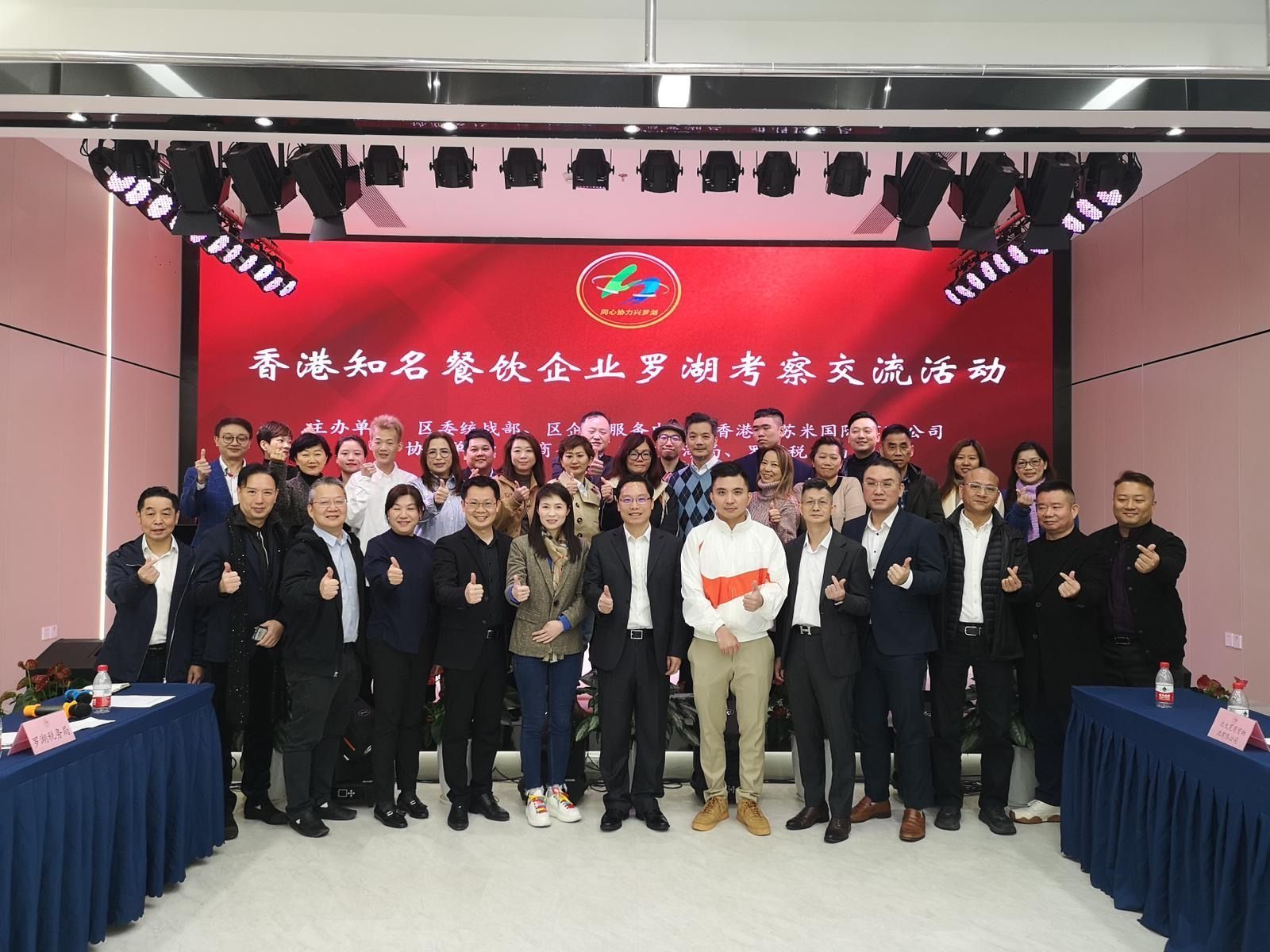Every brand has a story. Let's craft yours to captivate and inspire Chinese consumers.
In a vibrant market like China, your unique narrative can be the key to connecting with millions of potential customers.
Feel the Pulse of Opportunity as we work together to craft a captivating message that resonates deeply with Chinese consumers. Your Brand’s Breakthrough Starts Here in China! Together, we’ll transform your brand values and vision into compelling marketing strategies, enhancing your brand’s appeal and ensuring it stands out.
Market to China
Local Insights and Cultural Relevance
Regional Benefits
Local experts with offices in Hong Kong and China
Proven Expertise
17 years of experience in digital marketing and brand expousre
Catch the Opportunity
What We Deliver
Market Intelligence
Market intelligence, regulatory guidance, and strategic advisory services to help overseas brands navigate the complexities of entering the Chinese and Hong Kong markets.
Digital Strategy
Integrated digital marketing campaigns, including social media marketing(localization and adaptation), KOL collaborations, and e-commerce channel optimization, to build brand awareness and drive sales.
Brand Localization
Adapt your branding, messaging, and content for Chinese consumers through translation, cultural adaptation, and the creation of engaging videos that reflect local values and preferences.
PR & Event Marketing
Implement PR campaigns and media relations, along with influencer outreach and event management. Create interactive experiences and gimmicks to enhance brand visibility and engagement in the Chinese market.
Why Markerita
17
Years of experience
>200
Successful projects
>560
Strong Media Relationships
"From the very beginning, your team demonstrated a deep understanding of my goals and objectives, and youdeveloped a tailored digital marketing strategy to meet and exceed my expectations. "
a Bank from Singapore
"You can always clearly understand our needs and provide solutions promptly. The quality of service delivered reflects the high standards and values your company upholds."
a Fashion brand from Germany
"Your expertise in Chinese digital platforms, such as Xiaohongshu, Douyin, WeChat and Weibo, has played a crucial role in expanding my brand's reach and engagement among Chinese consumers."
a Baby Food brand from Germany
Our Successful Cases
At Markerita, we take pride in our ability to transform challenges into success stories. Our diverse portfolio showcases how we've empowered over 100 international brands across various industries to enter the Chinese Market. Explore our standout cases that highlight our innovative strategies and measurable results.
-
Sabon
ButtonAmplify brand visibility and foster genuine engagement with the Chinese audience, leveraging Key Opinion Leaders (KOLs) on Xiaohongshu (XHS)
-
ALFEX
ButtonBoost brand visibility in Mainland China through online press releases and Baidu Tieba forums
-
CROCODILE
ButtonDrive e-commerce sales through WeChat content and advertising
-
7 for All Mankind
ButtonEnhance visual storytelling by inviting Xiaohongshu KOLs to visit physical stores in Hong Kong
News & Blog

























